This article was medically reviewed by Luba Lee, FNP-BC, MS and by wikiHow staff writer, Janice Tieperman. Luba Lee, FNP-BC is a Board-Certified Family Nurse Practitioner (FNP) and educator in Tennessee with over a decade of clinical experience. Luba has certifications in Pediatric Advanced Life Support (PALS), Emergency Medicine, Advanced Cardiac Life Support (ACLS), Team Building, and Critical Care Nursing. She received her Master of Science in Nursing (MSN) from the University of Tennessee in 2006.
There are 11 references cited in this article, which can be found at the bottom of the page.
This article has been viewed 30,727 times.
The chickenpox virus is known for its countless blisters and annoyingly itchy rash. While the virus itself lasts for less than 2 weeks, excessive picking at the telltale blisters can lead to chickenpox scars. The key to preventing chickenpox scars is to prevent scratching altogether. This can be accomplished by decreasing the temptation to scratch through various natural treatments and medical remedies, which will help prevent the possibility of chickenpox scarring. Additionally, maintaining a sanitary environment in your home can prevent the risk of any infection, which can also lead to scarring.
Steps
Preventing Scratching
-
1Take a lukewarm bath to decrease the itching. Draw a tepid bath and immerse yourself in the water for at least 20 minutes. Surrounding yourself with water helps provide more instantaneous relief, and takes much less time than applying lotion. [1] Aim for the water to be around 85 °F (29 °C) to 90 °F (32 °C).
- Add a scoop of oatmeal to the bath to make the water more soothing on your itchy skin.
- If a child is feverish as a result of the chickenpox, consider giving them a sponge bath.
- Don’t use hot water, because high temperatures make itching worse.
-
2Test out a skin lotion with soothing properties. Look into lotions with additional soothing qualities that will keep you from scratching, like calamine lotion. If you aren’t sure what to look for, check the lotion’s label for camphor, phenol, oatmeal or menthol—these ingredients help relieve irritated skin, and may keep you from scratching your skin to the point of scarring.[2]
- Dip a cotton ball into some coconut oil and dab it over some of the chickenpox blisters. Coconut oil can sometimes prevent new blisters from forming on your skin, which gives you less surface area to scratch (and potentially scar).[3]
Advertisement -
3Take acetaminophen to relieve aching and fever. While acetaminophen won't directly reduce itchiness, it will make you more comfortable in general, which will reduce the annoyance of itchiness. Many over-the-counter medicines contain acetaminophen, such as TYLENOL, Ofirmev, and Mapap. Follow the directions on the package to ensure you are taking the proper dose. If you are giving the medicine to a child, make sure to buy a child’s version.[4]
- Don’t give ibuprofen to children with chickenpox.
- Children and teenagers shouldn’t take aspirin unless it’s specifically prescribed by a doctor, because it can lead to Reye’s syndrome.[5]
-
4Place a cool compress on especially irritated areas to prevent scratching and eventual scarring. Cold compresses are a great solution to relieve irritation from especially itchy areas, which can keep scars from forming in the long run. Make your own compress by dipping a rag into cool water and placing it on the itchiest part of your skin.[6]
- For an extra soothing compress, you can apply a pasty mixture of equal parts powdered oatmeal and warm water onto your blisters. Keep the oatmeal in place with a paper towel for at least 10 minutes.
-
5Use antihistamines only if your healthcare provider prescribes them. Avoid taking antihistamines if they weren’t prescribed. Consult a doctor to see if they think antihistamines will be right for you if you‘ve been scratching your blisters excessively and leaving your skin more susceptible to scars.[7]
-
6Wear baggy clothes to prevent skin chafing. Keep yourself from scratching your chickenpox blisters by dressing in loose, baggy clothing. While this type of clothing might not fit your personal style, it will help prevent any fabric from chafing against your skin, which prevents excessive scratching and future scarring.[10] Cotton is a great option to consider when shopping for loose-fitting clothing.[11]
- If you want your clothing to be extra loose, consider buying it a size larger than what you usually wear.
-
7Avoid getting hot and sweating. Minimize your itchiness by staying in cool rooms and avoiding physical exertion that will warm you up. To keep your house cooler without AC, open the windows in the evening and close them during the day. Sleeping on the ground floor will also be cooler than a higher floor.[12]
- Try to stay out of the sun to stay cooler. If your child with chickenpox wants to play outside, only let them play in the shade.
Lessening the Risk of Infection
-
1Put on gloves to prevent your fingernails from transferring any bacteria to your skin. Cover your hands with gloves or mittens so you don’t spread any additional germs to other parts of your body. Make sure to also wash your hands with hand soap and warm water whenever your gloves are off. Your skin will heal more quickly if it only has the chickenpox to worry about! Remember: the more you scratch, the greater your chances are for scars and infections.[13]
- Try getting into the habit of putting your hands in your pockets.
-
2Change your bedsheets so you can sleep in a germ-free environment. Keep your bedroom as sanitary as possible by washing your bedsheets on a daily basis. Prevent any additional infections from dirty laundry by ensuring that you sleep in fresh, sanitized sheets each night. If you let the chicken pox run its course without any additional complications, you’re far less likely to develop scars afterwards.[14]
- Use a gentle laundry detergent whenever you wash your sheets. Stronger detergents might irritate your skin and lead to more scratching, thus increasing your risk of future scarring.
-
3Bandage any open chicken pox blisters. Cover your chickenpox blisters as soon as they burst open to suppress the urge to scratch them. These areas might be itchier than normal, and serve to be a breeding ground when it comes to spreading the chickenpox virus to the rest of your skin and to other people. Apply a small band-aid or sterile pad over any burst areas to prevent excessive scratching, as well as the spread of bacteria.[15]
- Be sure to let the blisters air out while you sleep. In order for the blisters to heal, they need to be left in the open air.[16]
References
- ↑ https://www.healthlinkbc.ca/health-topics/ue4861
- ↑ https://www.healthlinkbc.ca/health-topics/ue4861
- ↑ https://www.practo.com/health-wiki/chickenpox-symptoms-complications-and-treatment/16/article
- ↑ https://www.webmd.com/drugs/2/drug-362/acetaminophen-oral/details
- ↑ https://www.ncbi.nlm.nih.gov/books/NBK279621/
- ↑ https://www.uofmhealth.org/health-library/ue4861
- ↑ https://www.mayoclinic.org/diseases-conditions/chickenpox/diagnosis-treatment/drc-20351287
- ↑ https://www.uofmhealth.org/health-library/ue4861
- ↑ https://www.ncbi.nlm.nih.gov/books/NBK279621/
- ↑ https://www.nhs.uk/conditions/chickenpox/
- ↑ https://www.sciencedirect.com/topics/materials-science/cotton-fabrics
- ↑ https://www.uofmhealth.org/health-library/ue4861
- ↑ https://www.uofmhealth.org/health-library/ue4861
- ↑ https://www.uofmhealth.org/health-library/ue4861
- ↑ https://www.healthlinkbc.ca/health-topics/ue4861
- ↑ https://www.readersdigest.co.uk/health/health-conditions/blisters-treatments-and-remedies
- ↑ https://www.mayoclinic.org/diseases-conditions/chickenpox/symptoms-causes/syc-20351282
- ↑ https://www.healthlinkbc.ca/health-topics/ue4861
- ↑ https://www.mayoclinic.org/diseases-conditions/chickenpox/symptoms-causes/syc-20351282
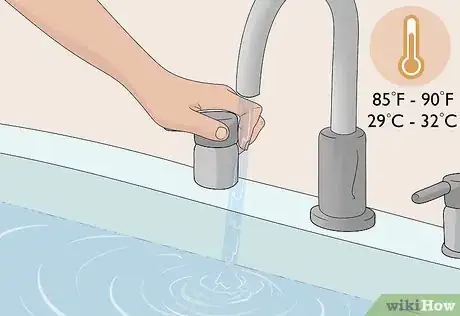
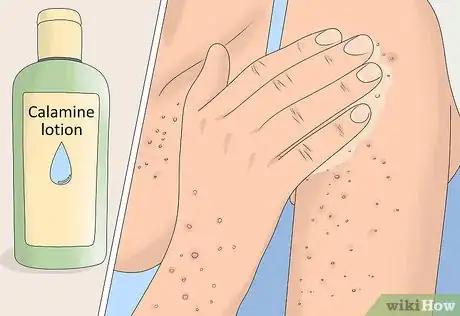

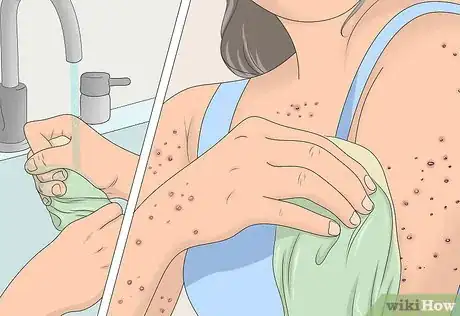
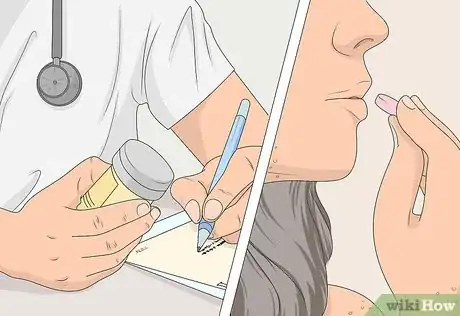
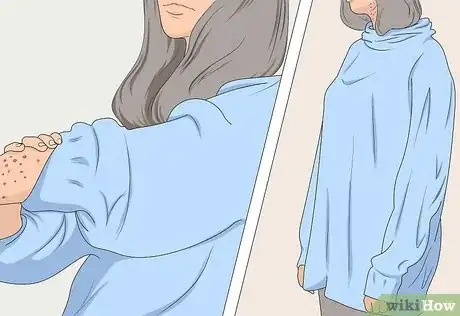
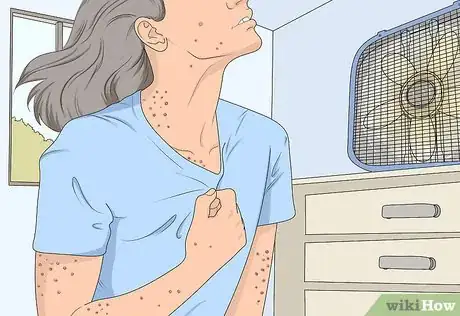
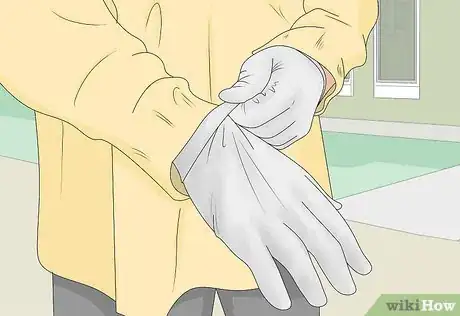

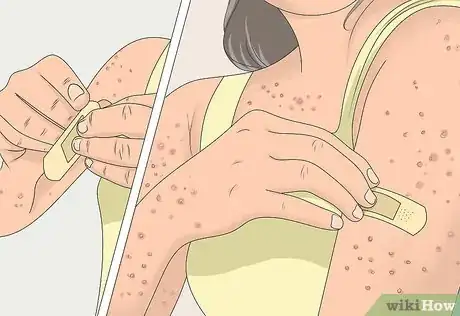
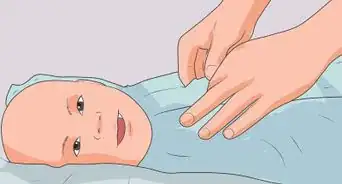
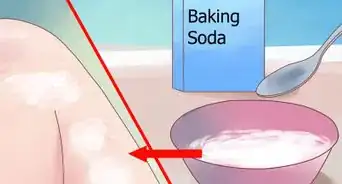

-Step-13.webp)

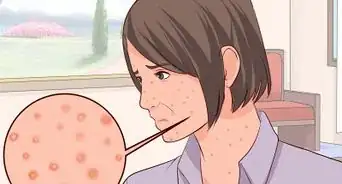
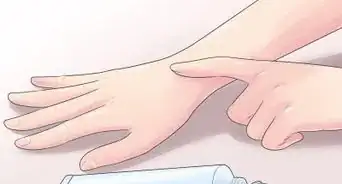
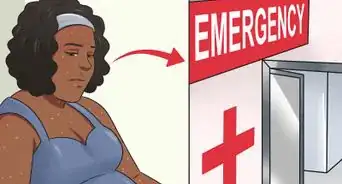

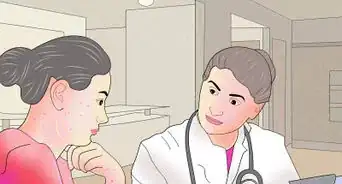
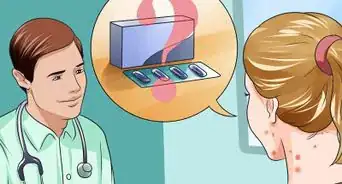
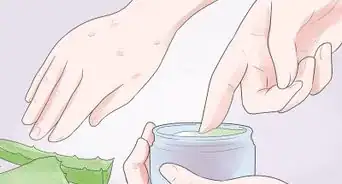







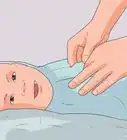
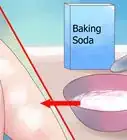

-Step-13.webp)



































Medical Disclaimer
The content of this article is not intended to be a substitute for professional medical advice, examination, diagnosis, or treatment. You should always contact your doctor or other qualified healthcare professional before starting, changing, or stopping any kind of health treatment.
Read More...